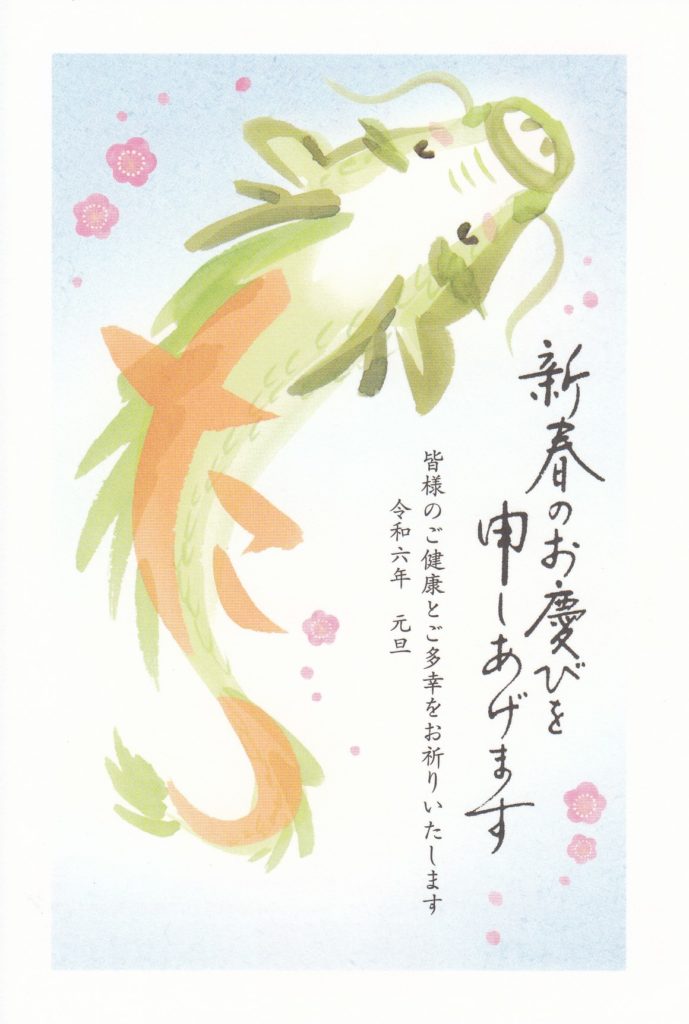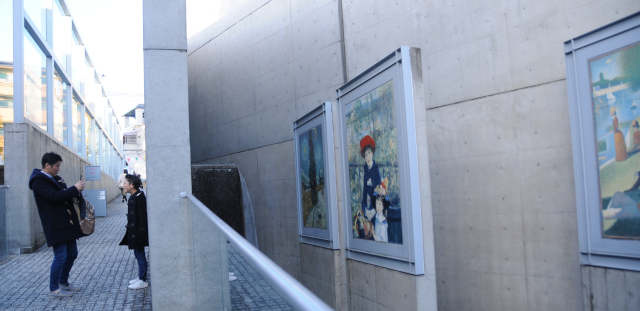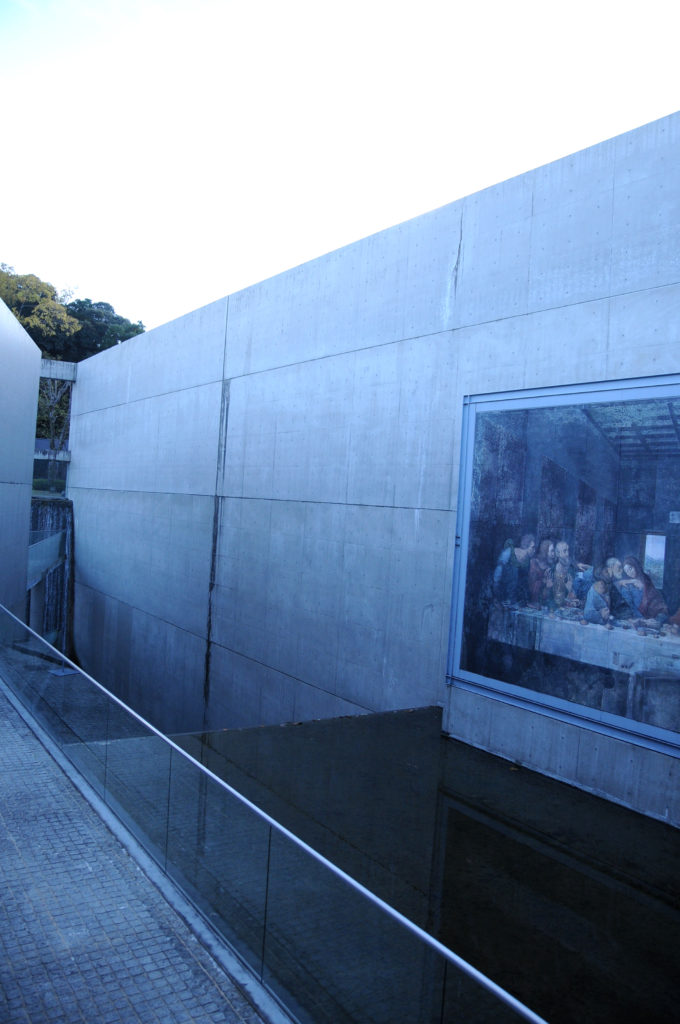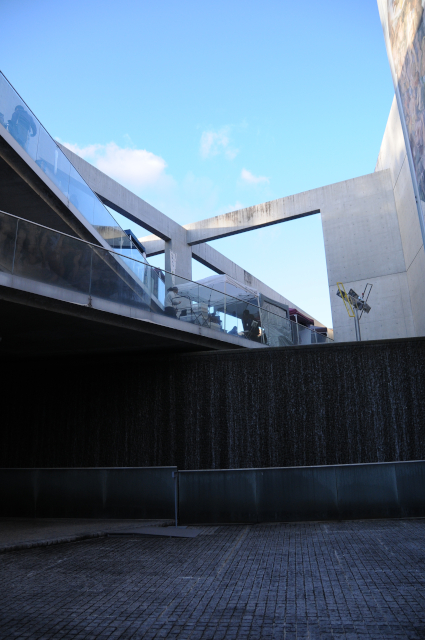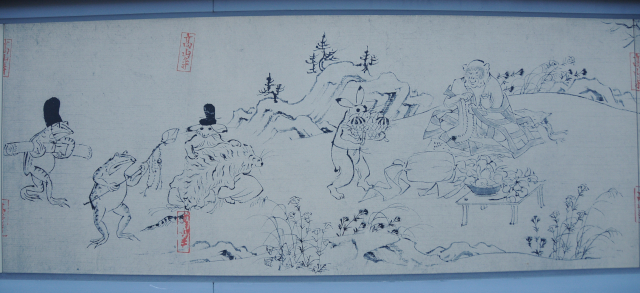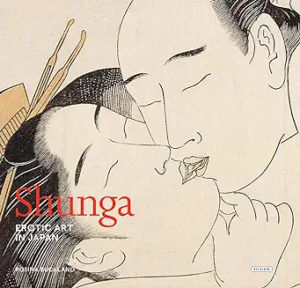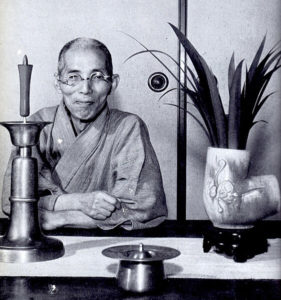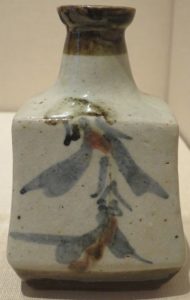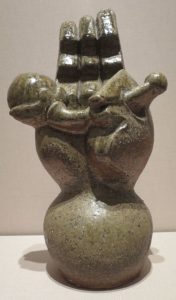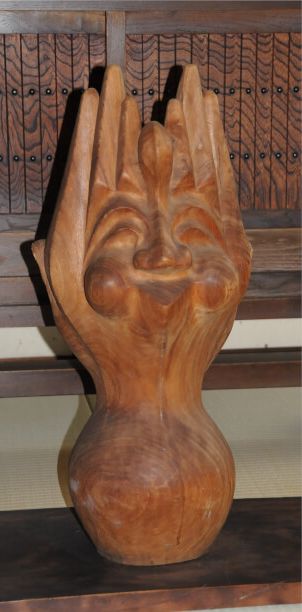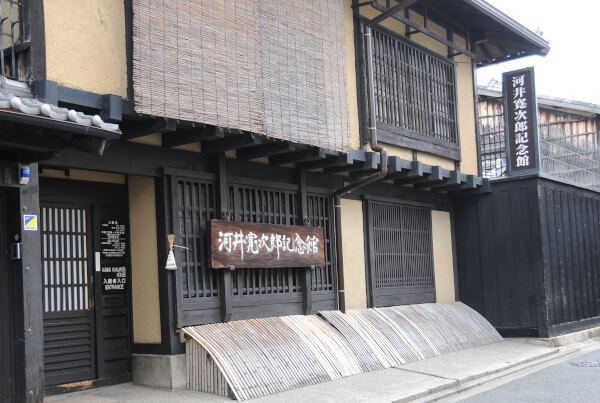I’m back from taking time off (line) and while I’d like to say “Happy New Year”, the year of the dragon didn’t start very auspiciously in Japan, as you surely know.
There was the Noto Earthquake on January 1 at 16:10. Yes, I’m okay; no, Kyoto is 400 km far away (roughly); and yes: we could feel the earthquake in Kyoto as well. The tremors arrived a few minutes after the original earthquake with a magnitude of 4 (7.6 at the epicenter). My old house shook quite a bit, and it didn’t stop as quickly as usual – even 10 seconds can feel longer than you think!
When I realized that this was a big earthquake – somewhere at least – I stood in a door frame as per the recommendation for older buildings. In newer ones you should protect your head by hiding under a table. Pumpkin came to me on my first call and there we stood, waiting…
After the shaking had ended, I went downstairs to watch the news, Pumpkin always on my lap. For the next six hours or, one message only was repeated over and over again: “A tsunami is imminent – evacuate immediately.” The announcer pleaded urgently and in a surprisingly fearful tone; and the first major tsunami warning predicting waves of over 5 meters was issued since Tohoku 2011.
In the end, it didn’t appear to get quite that bad, but the images from the affected region are heartbreaking, regardless. By now, there are reports of 206 fatalities, 665 injuries, and the damage goes into the billions of yen. Certainly this wasn’t the fresh start into the year the people from Ishikawa prefecture were hoping for.
January 2 ramped up the shock value with a plane crash at Haneda airport in the evening. Upon landing, a JAL airbus collided with a plane from the coastguard, which was deployed to bring relief to Ishikawa, no less, and both planes turned into a fireball. Five of the coast guard died, but all the airbus passengers and crew escaped the fire, which burned for six hours.
Finally, on January 3, a shopping mall in Kitakyushu burned to the ground, marking the end of the New Year holidays. I then, stopped watching the news. The last year was depressing enough, I don’t need to continue in that lane. Let’s focus on the positive for the remaining 356 days of 2024!

